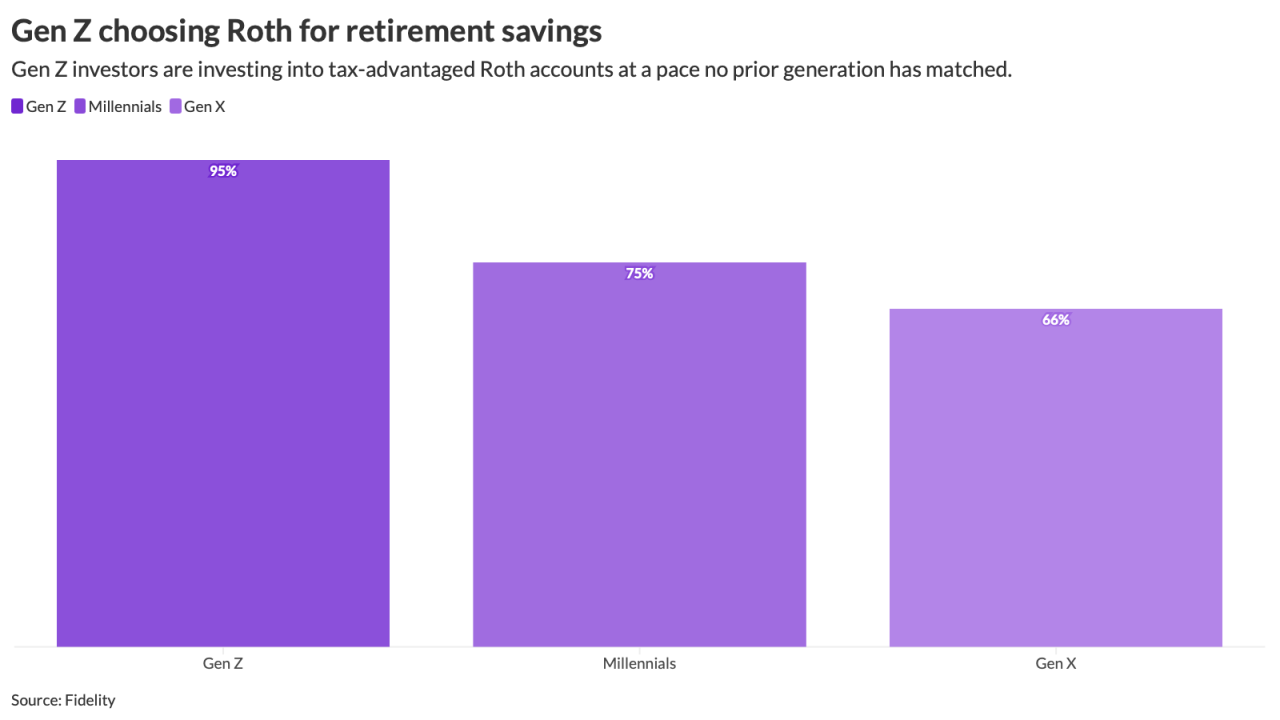- Key Insight: Learn how manager-level communication, not benefits, determines workplace mental health culture.
- What's at Stake: Poor communication risks higher turnover, lower engagement, and hidden compliance or reputational costs.
- Expert Quote: Effective communication builds supportive culture, yet often fails in practice, Dr. David Ballard.
- Source: Bullets generated by AI with editorial review
Despite record investment in workplace mental health, many employees still struggle to feel supported, and employer messaging is missing the mark.
According to the
Only 48% of organizations have a formal, consistently used mental health communication plan, and barely 28% update that plan as employee needs evolve. Most messaging remains focused on individual self-care or benefit reminders rather than on systemic or team-level issues, such as workload, psychological safety or crisis response. The result is a communication gap: Employees
"At One Mind at Work, we know that effective communication is one of the most powerful tools that organizations have to build a culture that supports mental health," Dr. David Ballard, vice president of One Mind at Work, said in a webinar discussing the results of the report. "But we also know it's one of the most common stumbling blocks."
Read more:
While 62% of executives communicate directly with employees about mental health and 55% participate in related initiatives, fewer than half hold their direct reports accountable for driving progress. This pattern suggests that even as leadership messaging improves, mid-level managers may not be equipped or incentivized to turn those words into practice.
"Technology has made communication faster, but not necessarily better," Ballard said in the webinar. "If those messages don't reach people in a way that connects, that builds trust and that feels human, they may as well have never even left the desk of the people sending them."
The ROI of a clear communication strategy
Organizations with "comprehensive" mental health communication practices report voluntary turnover of just 9%, compared with 18% among those with weaker programs — a twofold difference that illustrates the connection between effective communication and retention. Still, most workplaces have yet to create the conditions for managers to reinforce mental health priorities. One Mind at Work's data found that fewer than one in three managers allow employees to
This deepens stigma around asking for support: 42% of workers worry their careers would suffer if they discussed mental health concerns, and nearly half fear being judged by colleagues, according to data from the National Alliance on Mental Illness. Among managers, the information gap is striking: 22% are unsure whether their employer even offers mental health benefits, and 45% do not know how to access care through their plan.
Read more:
Communication must move from passive awareness to active engagement — the most effective employers are reframing mental health not as a benefits issue but as a management competency. Instead of relying solely on corporate campaigns or one-off wellness weeks, they are equipping managers to discuss mental health within their own teams, to tailor messaging to local conditions, and to connect employees with concrete resources.
"Each year we have a communication plan and we map out each month what we're going to focus on — throughout the year we try to remain vigilant about what our employees are experiencing," Whitney Elyachar, CPFO of Big Brothers Big Sisters Kansas City, said in the webinar. "We try to focus our communication around what we're seeing and what our people could benefit from most, but we also like to have a plan, while staying reactive, too."
Culture change happens through conversation, not policy alone. A benefits strategy may provide coverage, and leadership may voice commitment, but it is the daily interactions between managers and employees that determine whether people feel psychologically safe. When managers communicate consistently, encourage openness, and model healthy behavior, they transform mental health from a compliance topic into a shared value.
"Communication isn't just about efficiency — it's about empathy and connection," Ballard said in the webinar.






